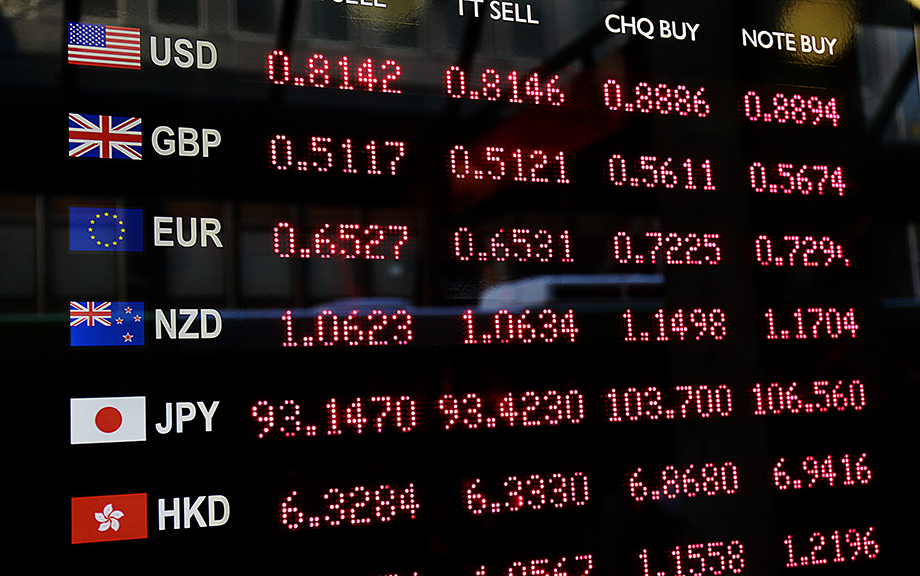Towards Increasing Complexity: The Evolution of the FX Market
Editor’s note: Since this post was first published, the first paragraph under the “Looking Forward” subhead has been updated to clarify the expected increase in the speed of FX transaction settlements. (Jan. 25, 2:30 p.m.)

The foreign exchange market has evolved extensively over time, undergoing important shifts in the types of market participants and the mix of instruments traded, within a trading ecosystem that has become increasingly complex. In this post, we discuss fundamental changes in this market over the past twenty-five years and highlight some of the implications for its future evolution. Our analysis suggests that maintaining a healthy price discovery process and fostering a level playing field among participants are areas to watch for challenges. The consequences of the evolution of the FX market—well beyond those anticipated twenty-five years ago—remain active areas of research and policy consideration.
2nd Annual International Roles of the U.S. Dollar Conference

The U.S. dollar plays a central role in the global economy. In addition to being the most widely used currency in foreign exchange transactions, it represents the largest share in official reserves, international debt securities and loans, cross-border payments, and trade invoicing. The ubiquity of the U.S. dollar in global transactions reflects several key factors, including the depth and liquidity of U.S. capital markets, the size of the U.S. economy, the relatively low cost of converting dollars into other currencies, and an enduring confidence in the U.S. legal system and its institutions.
Do Exchange Rates Fully Reflect Currency Pressures?

Currency values are important both for the real economy and the financial sector. When faced with currency market pressures, some central banks and finance ministries turn to foreign exchange intervention (FXI) in an effort to reduce realized currency depreciation, thus diminishing its economic and financial consequences. This post provides insights into how effective these interventions might be in limiting currency depreciation.
The U.S. Dollar’s Global Roles: Revisiting Where Things Stand

Will developments in technology, geopolitics, and the financial market reduce the dollar’s important roles in the global economy? This post updates prior commentary [here, here, and here], with insights about whether recent developments, such as the pandemic and the sanctions on Russia, might change the roles of the dollar. Our view is that the evidence so far points to the U.S. dollar maintaining its importance internationally. A companion post reports on the Inaugural Conference on the International Roles of the U.S. Dollar jointly organized by the Federal Reserve Board and Federal Reserve Bank of New York and held on June 16-17.
Will Capital Flows through Global Banks Support Economic Recovery?
Liberty Street Economics authors ask whether, based on precedent, global banks are likely to provide additional support to the economic recovery following COVID-19 in the locations they serve.
Have the Fed Swap Lines Reduced Dollar Funding Strains during the COVID‑19 Outbreak?

In March 2020, the Federal Reserve made changes to its swap line facilities with foreign central banks to enhance the provision of dollars to global funding markets. Because the dollar has important roles in international trade and financial markets, reducing these strains helps facilitate the supply of credit to households and businesses, both domestically and abroad. This post summarizes the changes made to central bank swap lines and shows that these changes were effective at bringing down dollar funding strains abroad.










 RSS Feed
RSS Feed Follow Liberty Street Economics
Follow Liberty Street Economics